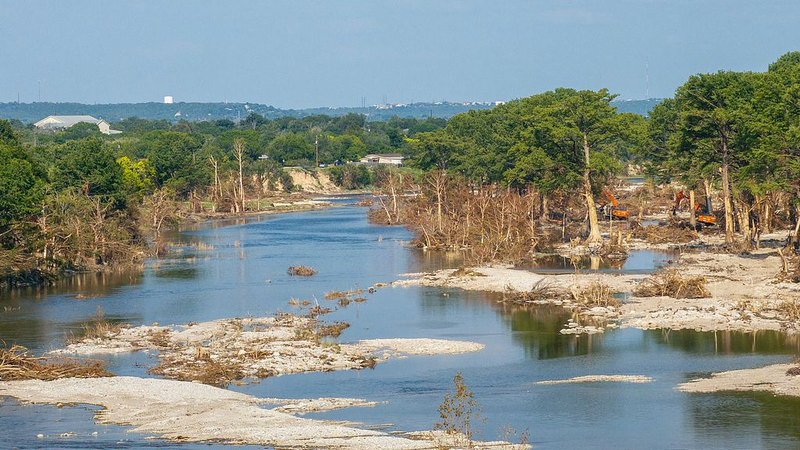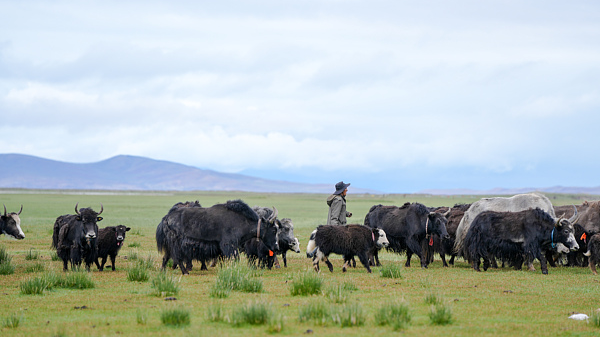Millions of college students in the United States are gearing up for the new academic year, noticing subtle yet significant changes on their campuses.
Last year, the U.S. Supreme Court made a landmark decision to ban affirmative action, a policy that for decades aimed to provide preferential treatment to disadvantaged students of color during college admissions. This ruling has already begun to reshape the landscape of higher education.
In the wake of the ban, some universities and colleges have reported a decline in their minority student populations. Conversely, traditionally black institutions are witnessing a surge in enrollment, highlighting a shift in where and how students are choosing to pursue their higher education.
Educational experts caution that this move could have long-term implications for the quality of education. They argue that a more diverse student body enhances the learning environment, fosters greater innovation, and prepares students to thrive in a globalized world.
As institutions adapt to the new legal landscape, the debate continues on how best to achieve equity and excellence in education. The full impact of the affirmative action ban remains to be seen, but its effects are already prompting discussions on the future of diversity and inclusion in American colleges and universities.
Reference(s):
How the affirmative action ban affects U.S. college admissions
cgtn.com




